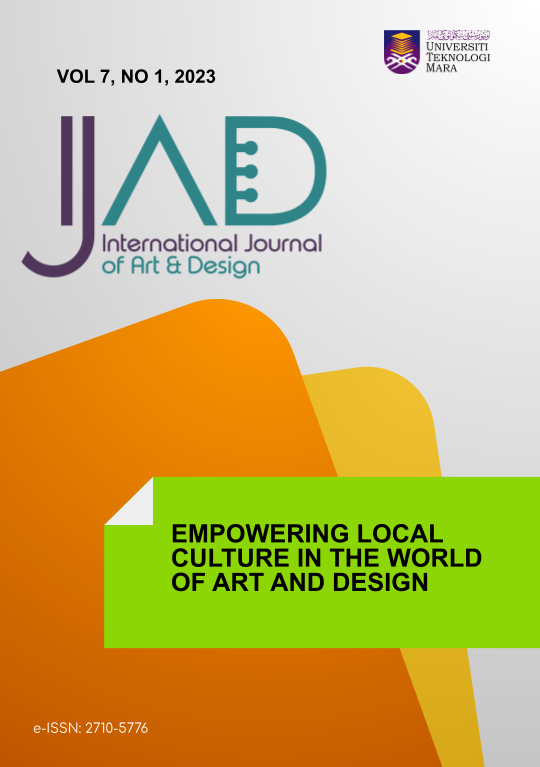Adaptation For Islamic Animation Storytelling: The Rhetorical Approach of Al-Mau’izah Al-Hasanah in Tafseer Al-Azhar
DOI:
https://doi.org/10.24191/ijad.v7i1.1108Keywords:
Adaptation, Islamic Animation Storytelling, Rhetorical, Al-Mau’izah Al-Hasanah, Tafseer Al-AzharAbstract
Al-Mau’izah Al-Hasanah is among the three Islamic Da’wah Methods that uses rhetorical strategies in da’wah dissemination. The method is based on Surah An-Nahl verse 125 in the Qur’an. As the verses of the Qur’an uses an Arabic text, Muslim need to use Tafseer as a guideline to enhance their understanding and knowledge of Islamic teaching. This is because not all Muslims are specialists in the Arabic language, despite being able to read the Quran in Arabic. Tafseer Al-Azhar is an interpretation of Qur'anic verses written by Abdul Malik Karim Amrullah (Hamka) during his prison sentence. Hamka is an Indonesian philosopher who is also actively involved in teaching Islam through his country's educational system. The Al-Azhar exegesis book is notable for its use of rhetoric to explain the meaning of Qur'anic verses for Muslims' comprehension of the Arabic text of the Qur'an. The purpose of this research is to examine the rhetorical strategy employed in Hamka's Tafseer Al-Azhar. By referencing the exegesis content of Fatihah verses in Tafseer Al-Azhar, this study focuses solely on the rhetorical method of Al-Mau'izah Al-Hasanah. This study employed the qualitative method by analyzing the content of books and journals related to Tafseer Al-Azhar. The rhetorical material in Tafseer Al-Azhar is distinctive in that Hamka used rhyme and aesthetics language to convey the narrative of its interpretation. It is interesting to mention that Islamic Animation Storytelling of Qur'anic verses could be derived from the rhetorical substance provided in the Tafseer Al-Azhar.






